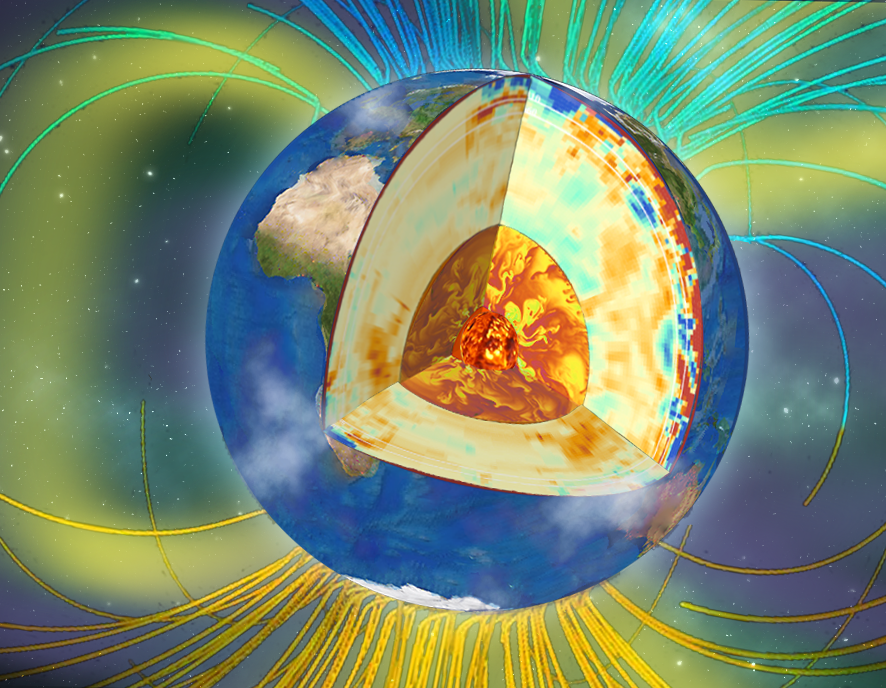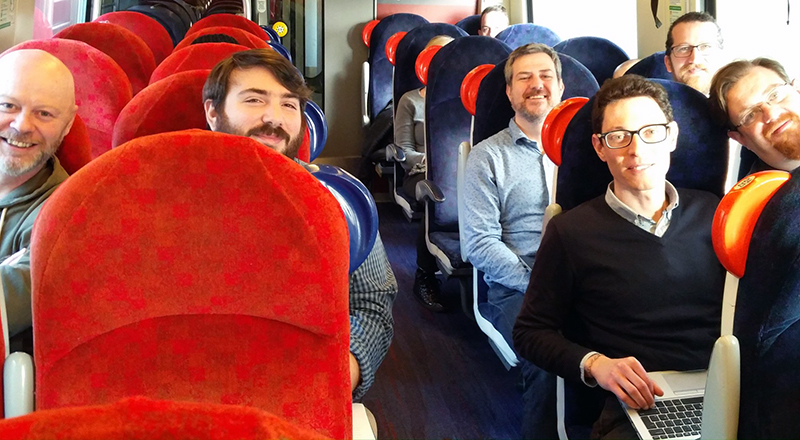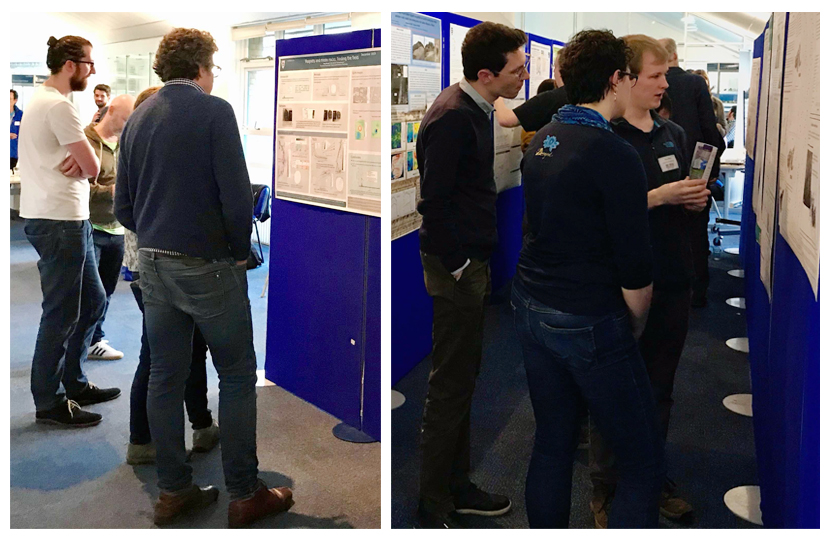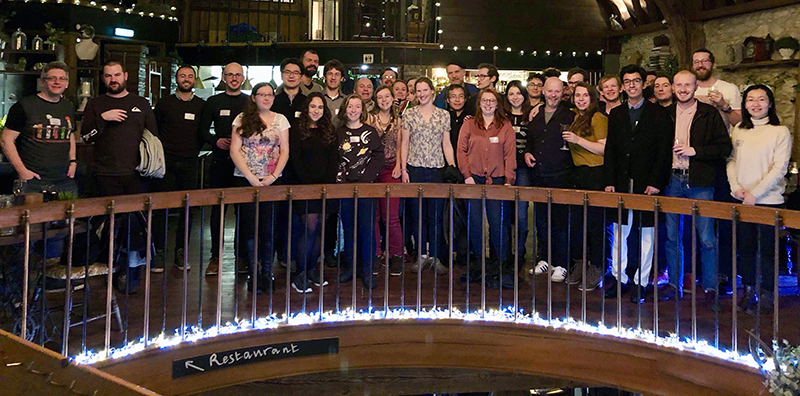
In November 2019, Richard Bono and Domenico Meduri, two of our postdocs here at Liverpool, had the honour of organising a one-day Specialist Discussion Meeting for the Royal Astronomical Society (RAS) in London.
The RAS meeting “Observing and simulating Earth’s core and the magnetic field” sought to bring together scientists studying the geomagnetic field using observations, computer simulations, as well as laboratory experiments to discuss on the most recent developments in the field.
In the RAS headquarters of the Burlington House on Piccadilly, a generous contingent of experts from the UK (Leeds, Cambridge, Liverpool, Edinburgh) was joined by several renewed scientists from continental Europe (Germany, France, Belgium, Sweden). Several PhD students did not miss this fantastic opportunity by joining and contributing to the meeting with their presentations.
The morning session started with the first of our invited speakers, Johannes Wicht from the Max Planck Institute for Solar System Research (Germany), giving a keynote talk on our current understanding of how the Earth’s magnetic field is generated within the liquid core based on computer simulations. The session continued with various contributions exploring the physics of core convection and the influence of a stably stratified layer in the core on Earth’s magnetic field.
After the lunch break, we had a poster session in the impressive RAS library, containing books and documents that are milestones in geophysics and astronomy, and some equally impressive research presented by students and colleagues.
We resumed the afternoon talk session with new interesting insights on the dynamics of weak magnetic field patches from our second invited speaker, Andreas Nilsson from Lund University (Sweden). Liverpool postdoc Louise Hawkins followed, presenting the work done within the DEEP group to understand how the Earth’s magnetic field has varied in the last 2.5 billion years. The meeting closed with an eye on magnetic field processes in liquid metal laboratory experiments.
We had great conversations with the invited speakers in a fancy Spanish restaurant and (after few pints…) the Liverpool group headed home late in the evening.
Find out more visiting the meeting website!



